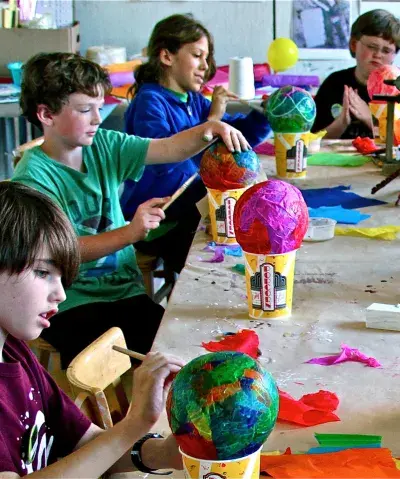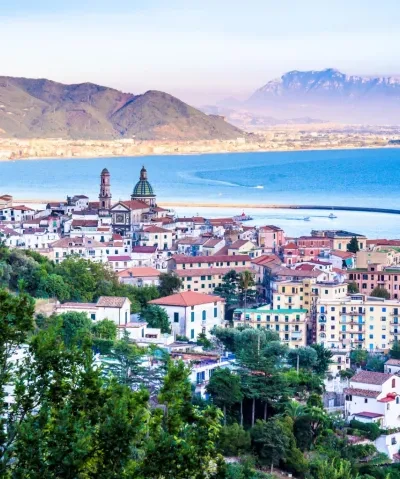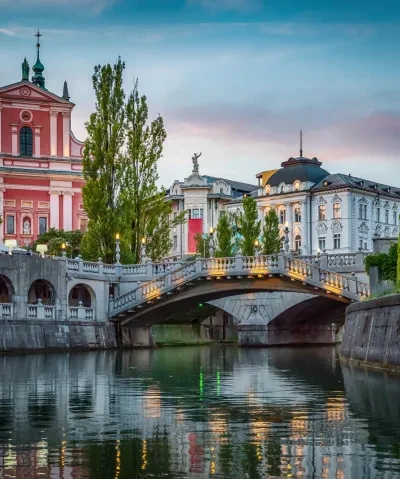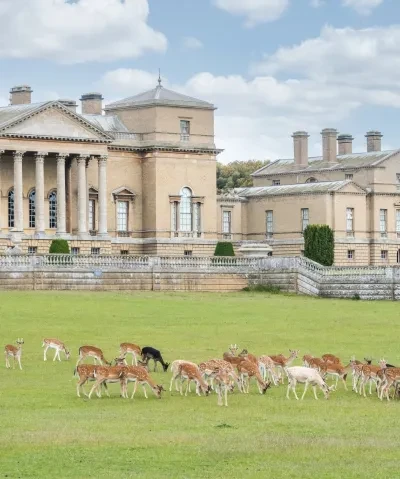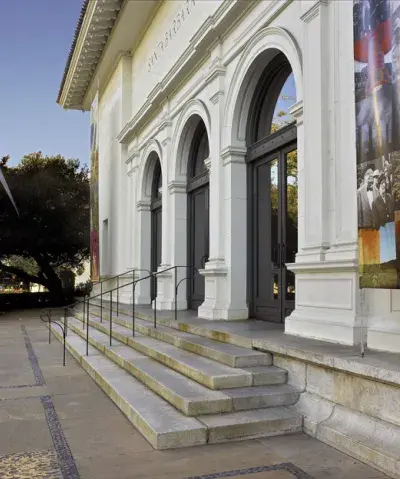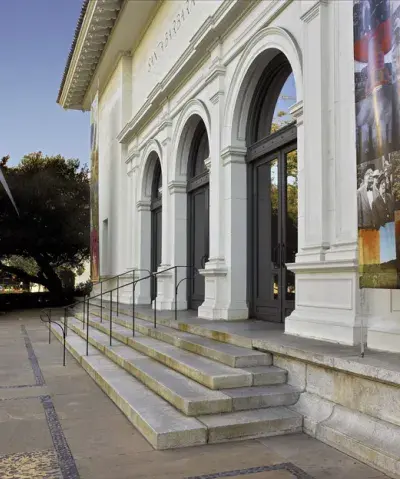The Architecture of Collage: Marshall Brown
The Architecture of Collage is Marshall Brown’s first solo museum exhibition and most comprehensive presentation of his collages to date. There are twenty-five artworks in the exhibition, including loans from the Art Institute of Chicago and the Museum of Contemporary Photography, Chicago. Two of the most recent collage series, Prisons of Invention and Maps of Berlin, will premiere at the Santa Barbara Museum of Art.
Brown cuts out photographs of buildings and reassembles them into levitating structures that hover between reality and fiction. He calls them chimeras after the lion-goat-snake creature of Greek mythology. Like the monster, whose parts were taken from existing animals, the parts of these collages are taken from actual buildings but when combined form something new. They are physical proof that borrowing and recombination can yield strikingly original results and achieve what contemporary art often does so well: suggest that the world could be different than what it is without specifying what that might concretely be.
A substantial multi-author catalogue will be published in conjunction with the exhibition by the Museum and Park Books of Zurich, Switzerland with distribution by the University of Chicago Press. It explores the artist’s collage practice to date, with essays by Marshall Brown, Aaron Betsky, Anna Arabindan-Kesson, and James Glisson. Designed by Bureau Sandra Doeller of Frankfurt am Main, this elegant, full-color publication includes circa 140 pages and over 60 illustrations, with a large foldout reproduction of a Map of Berlin (2022), a never-before exhibited or published collage.
For more information, visit the University of Chicago Press website
Events
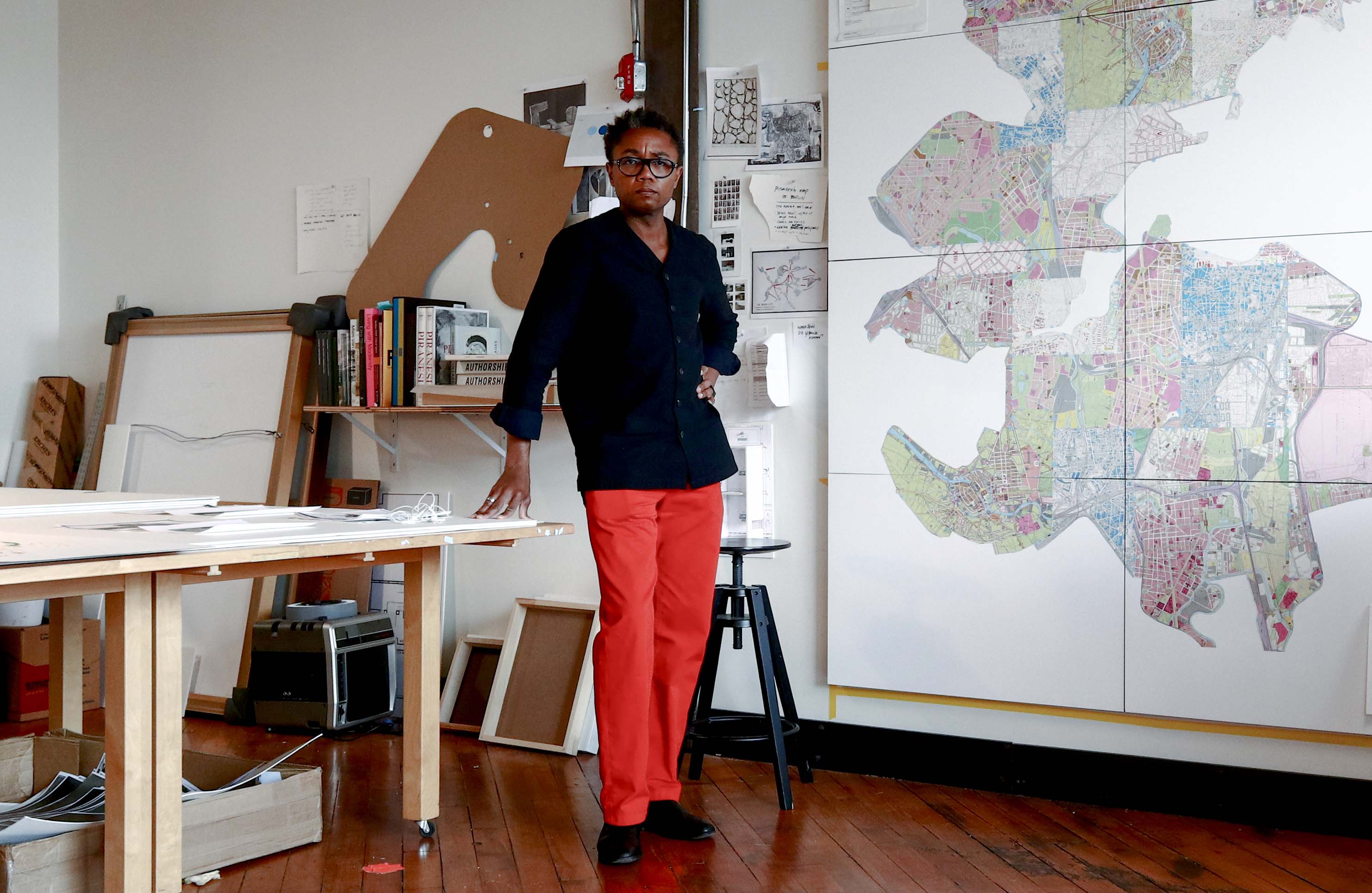
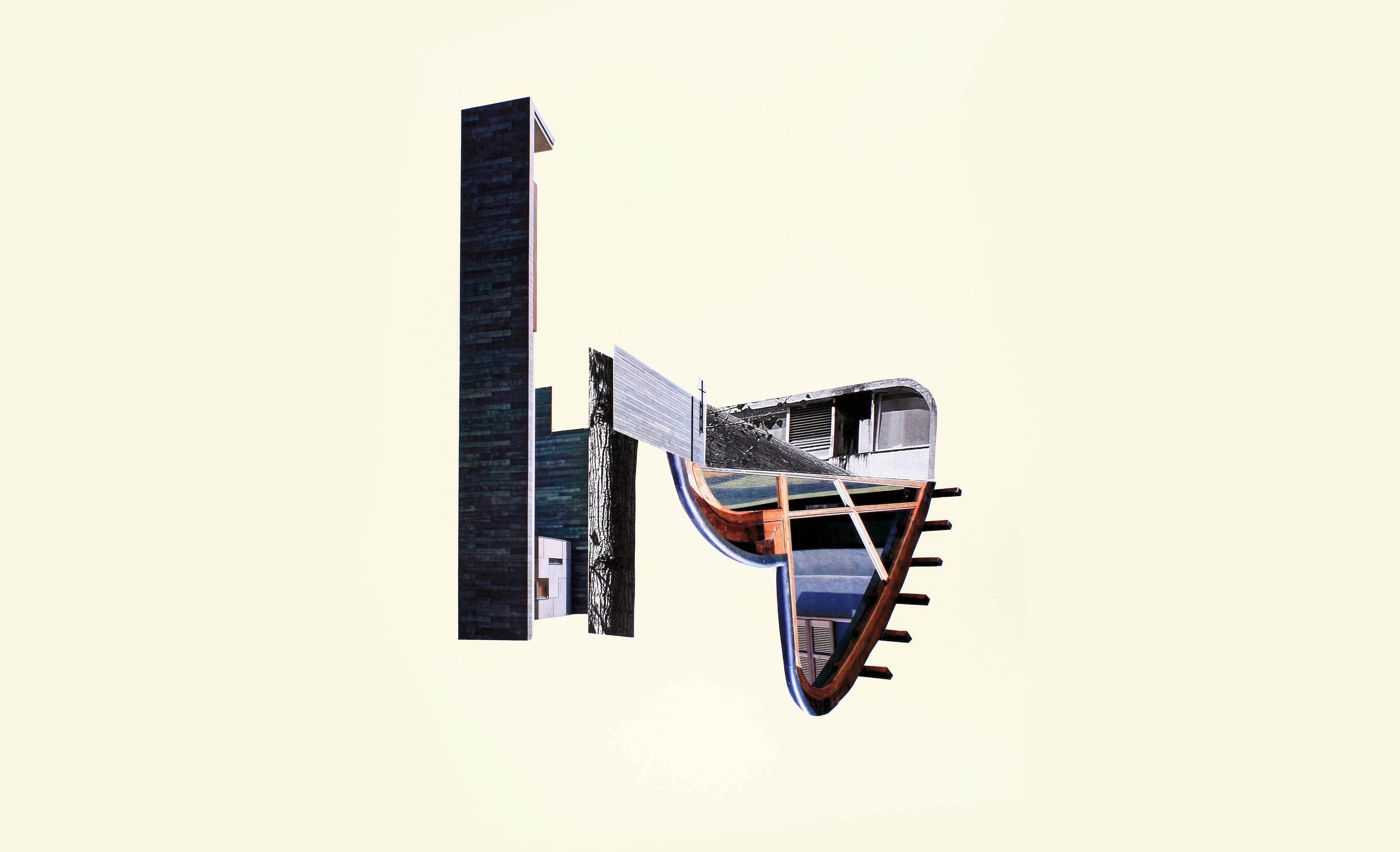
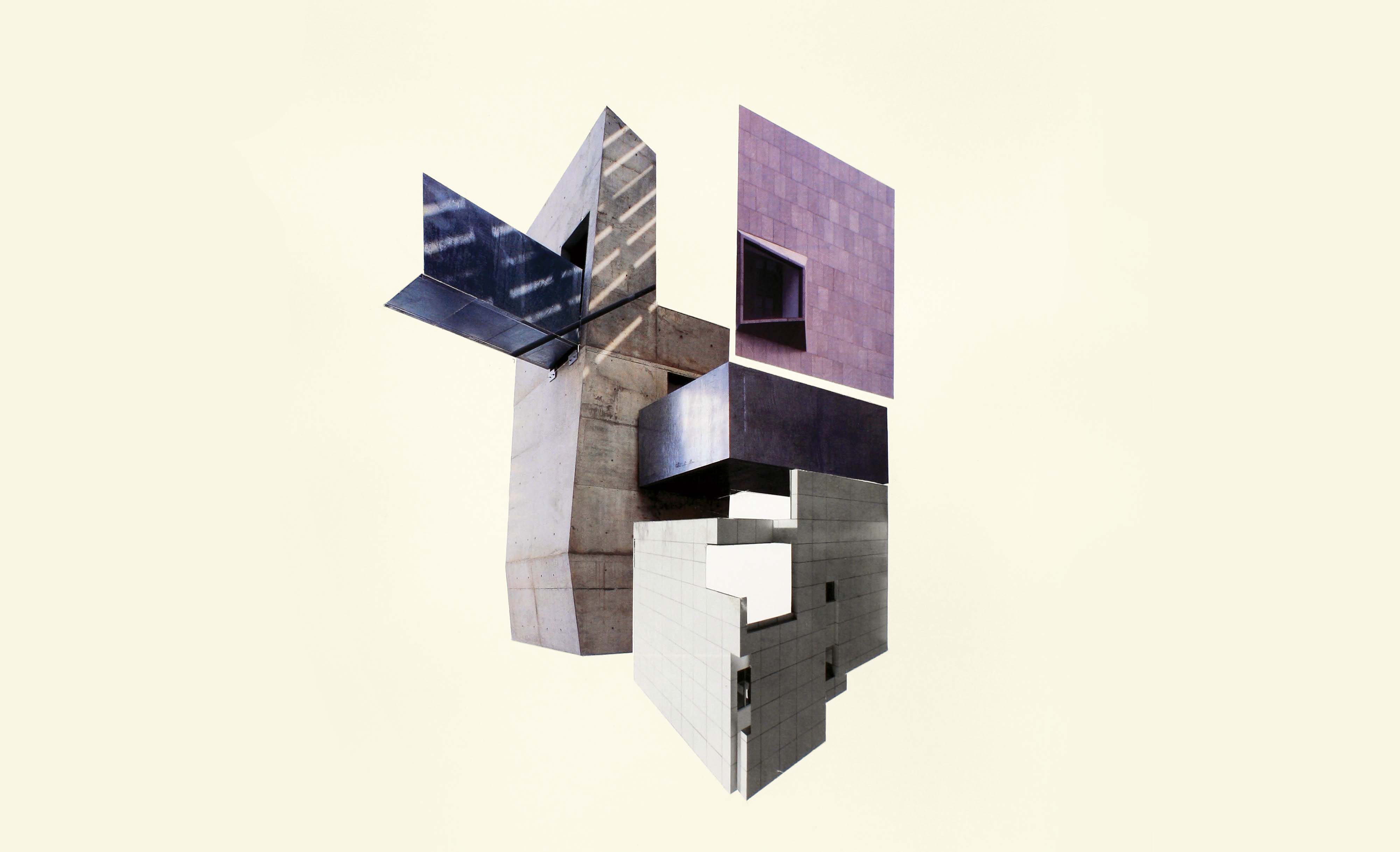
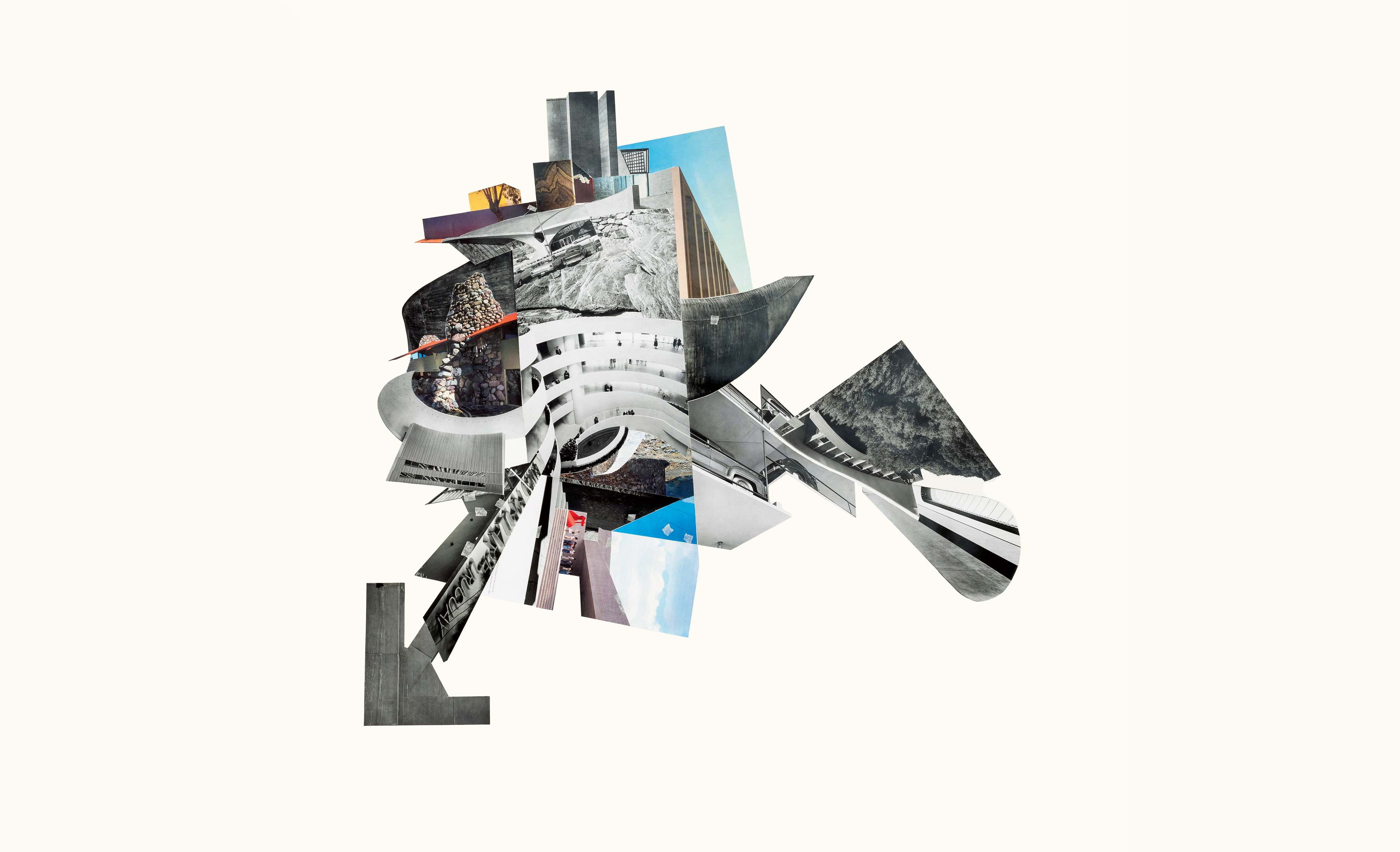
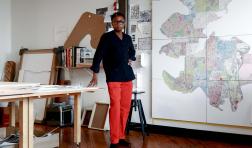
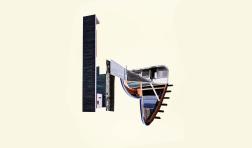
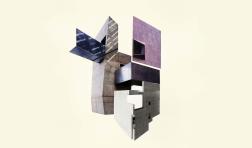
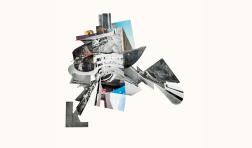
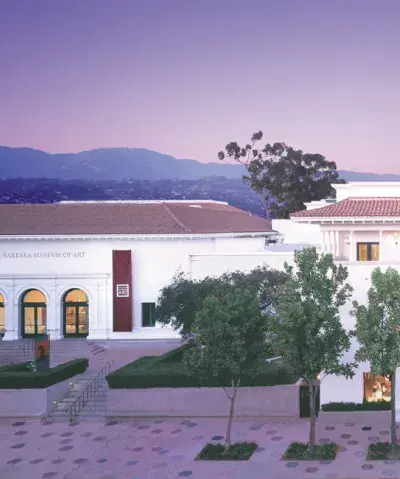
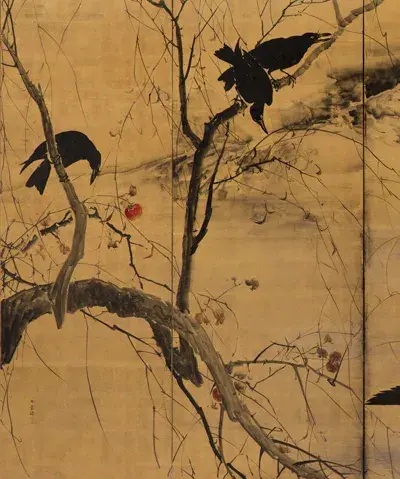

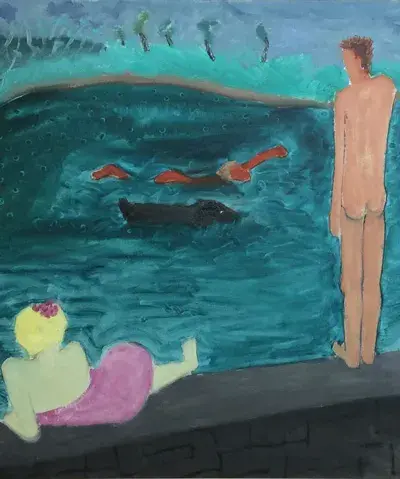
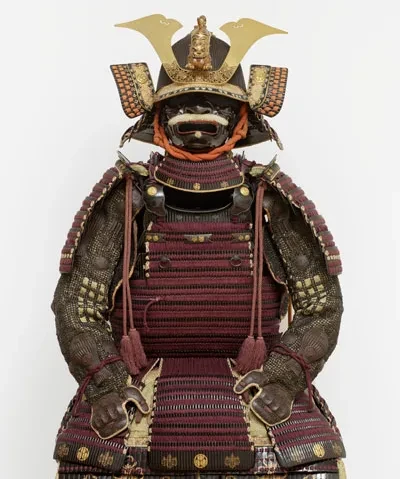


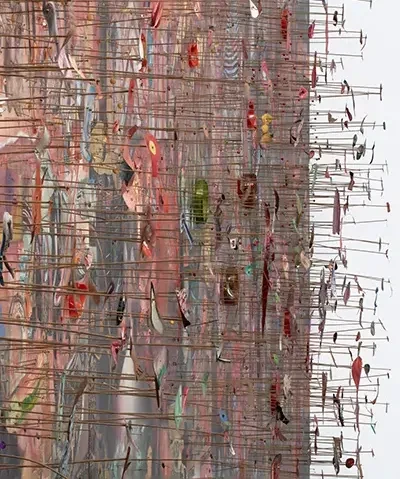
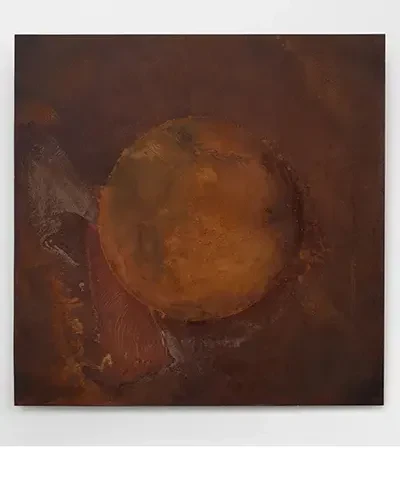
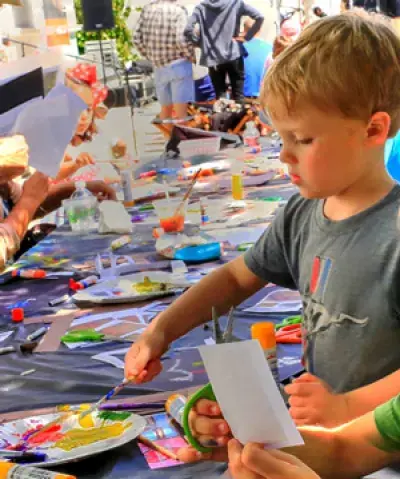
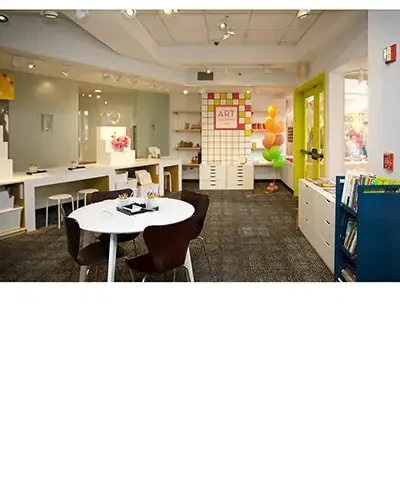
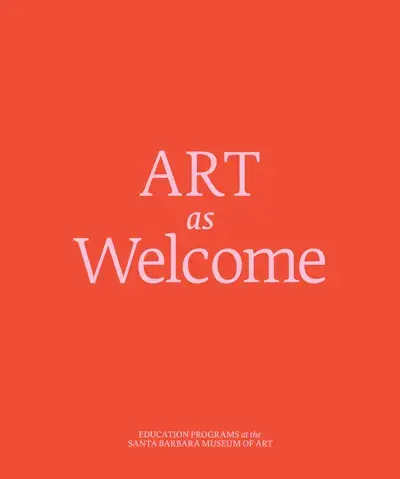
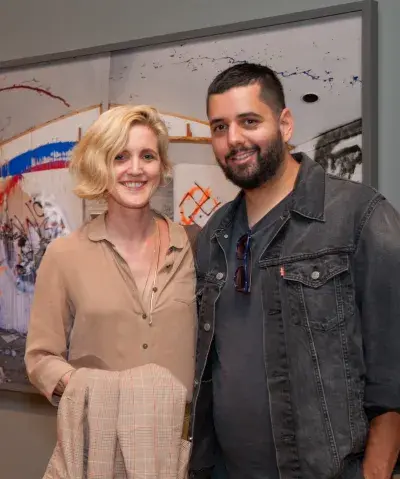
![memberseve[1]](https://www.sbma.net/sites/default/files/styles/menu_thumbnail_400_480/public/menu/memberseve%5B1%5D.jpg.webp?itok=hIz01lpc)
